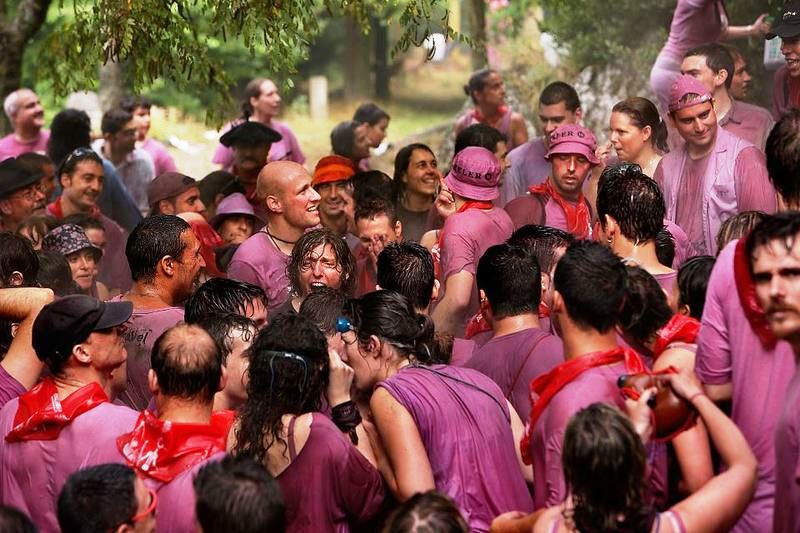When thinking Canadian wine, our minds usually go to Niagara or British Columbia’s Okanagan Valley. Way out East however, Nova Scotia is producing quality wines that may just need a little push to be experienced by all of Canada.
Petite Rivière has been making wine for 10 years along the south shores of Nova Scotia in the LaHave River Valley where vineyards have been present since the 1600’s. While their vines have been around for centuries, Petite Rivière is showing that their new winery has something to offer as Nova Scotia wine, not only to the locals but also from one Canadian coast to the other.
Jillian Mouzar of Petite Rivière says the vineyard has a “laid back and serene old French feel” that has welcomed the public for three years now. The winery offers wine tours every day at noon, opening doors for learning about the differences of land, grapes and terroir in their small region. Mouzar says the tour finishes with wine and cheese pairings where guests are invited to try their premiere white wines and “Elite Reds.”
Other tours like Nova Scotia Wine Tours invite guests to travel to several wineries in the different regions of the province. Their “South Shore Escape” highlights Petite Rivière as a destination for one of the featured private tours.
Unlike their neighbouring northern regions, Bay of Fundy and Annapolis Valley, the rocky land, soil, and coastal location of Petite Rivière provides growing conditions and climate ideal for red wine.
2011 La Have joins grape varieties DeChaunac and Leon Millot for Petite Rivière’s most celebrated wine. Mouzar hopes that as more wines become available on liquor store shelves, people will be curious to try others like their Elite Red, 2010 Italy Cross.
Petite Rivière also launched a 2012 Tidal Bay white wine. This selection is known as Nova Scotia’s premiere white wine and has been created as a signature by various wineries in the province. While the same standards are met, including low alcohol content and use of grape variety L’Acadie, each winery has their distinct Tidal Bay vintage. Petite Rivière’s features “citrus and tropical notes with hints of pear and grapefruit.” Mouzar credits the fabulous popularity of Tidal Bay to Nova Scotians love for white wine.
While this new winery and region is young in the known world of wines, Petite Rivière is excited about breaking out and becoming a recognized name. The winery opens booths in 13 farmers markets across the province and multiple festivals as a chance for locals of smaller towns to try their wines. Their involvement and push to show off their products has resulted in plenty of positive feedback and growth for their winery, region and Nova Scotia wines.





























